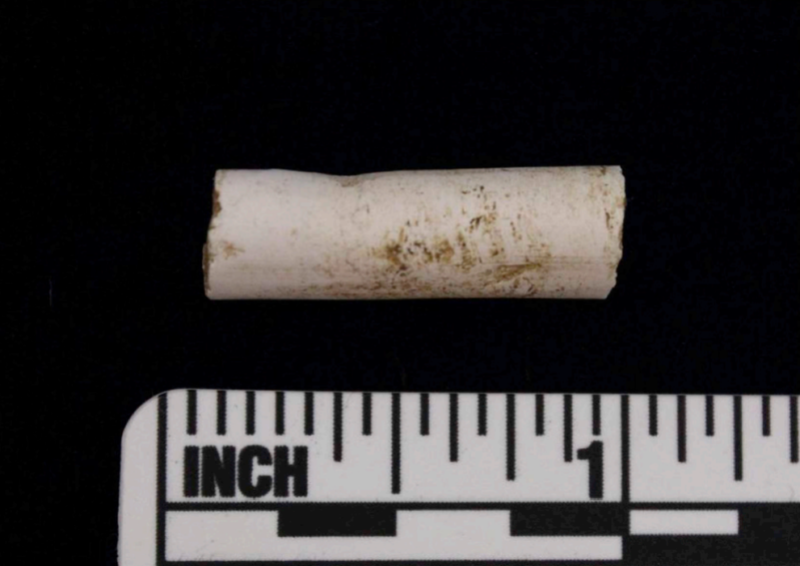DNA in a clay pipe sheds light on an enslaved woman’s life

Enlarge (credit: Schablitsky et al. 2019)
Clay pipes used for smoking were so common in the 1700s and 1800s that it's not very remarkable to find fragments of them at archaeological sites from the early days of the United States. But Julie Schablitsky, chief archaeologist for Maryland's Department of Transportation, took a second, closer look at a broken pipe stem from the floor of the slave quarters at Belvoir Plantation in Maryland. There, she found a hidden piece of an enslaved woman's life story.
DNA analysis suggests that the woman who used the pipe 150 to 200 years ago could trace her roots back to the Mende people of Sierra Leone, nearly 5,000 miles away from the place where she lived and died in slavery.
Investigating broken tiesThe kaolin clay used to make common pipe stems is porous stuff, and it tends to absorb fluids like saliva and blood. As an added bonus, DNA molecules bind well to the silica particles in the clay. In the lab, Schablitsky and her colleagues managed to recover DNA fragments from two pipe pieces.
Read 15 remaining paragraphs | Comments